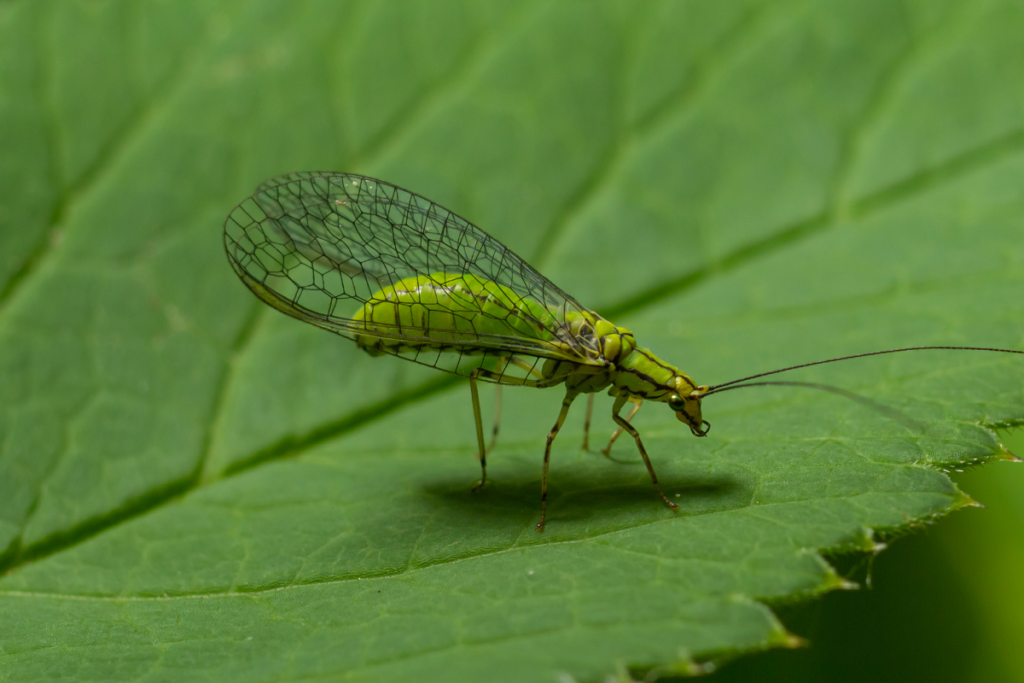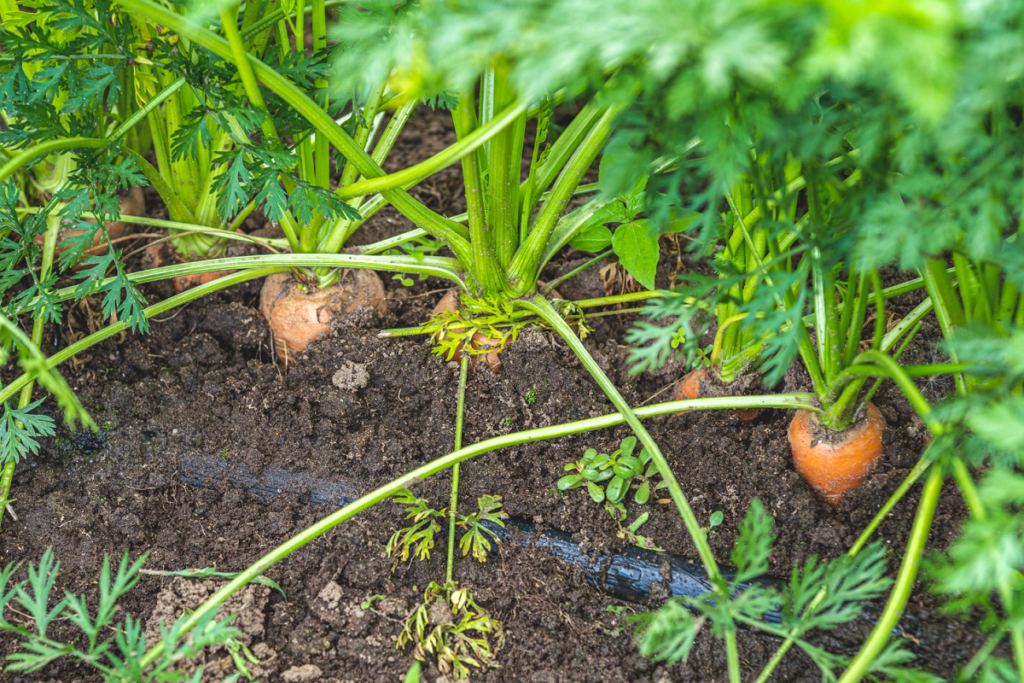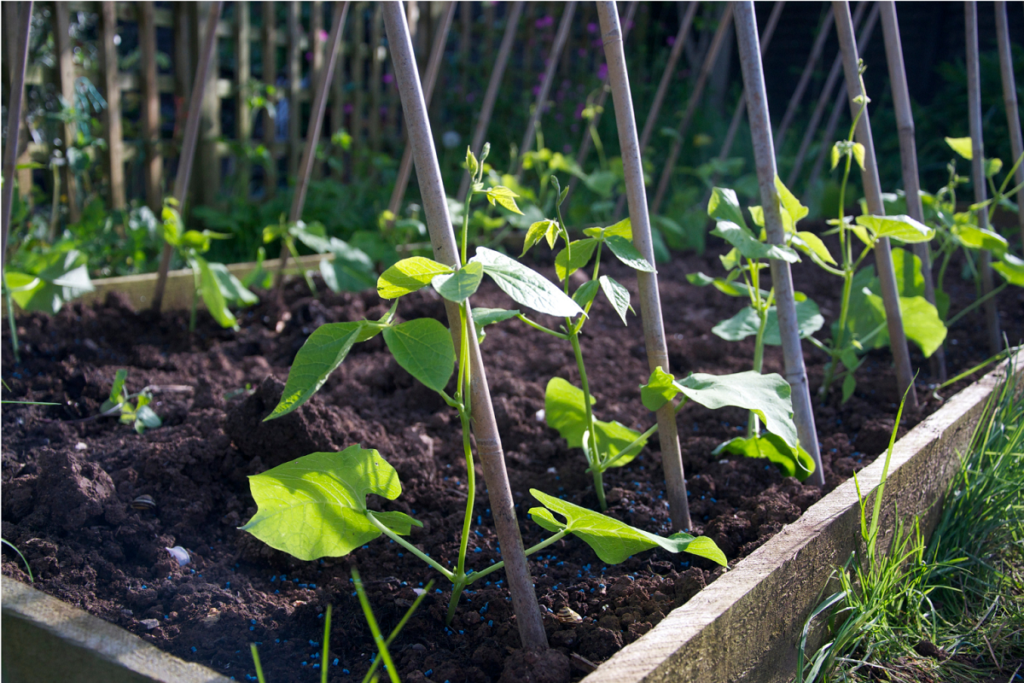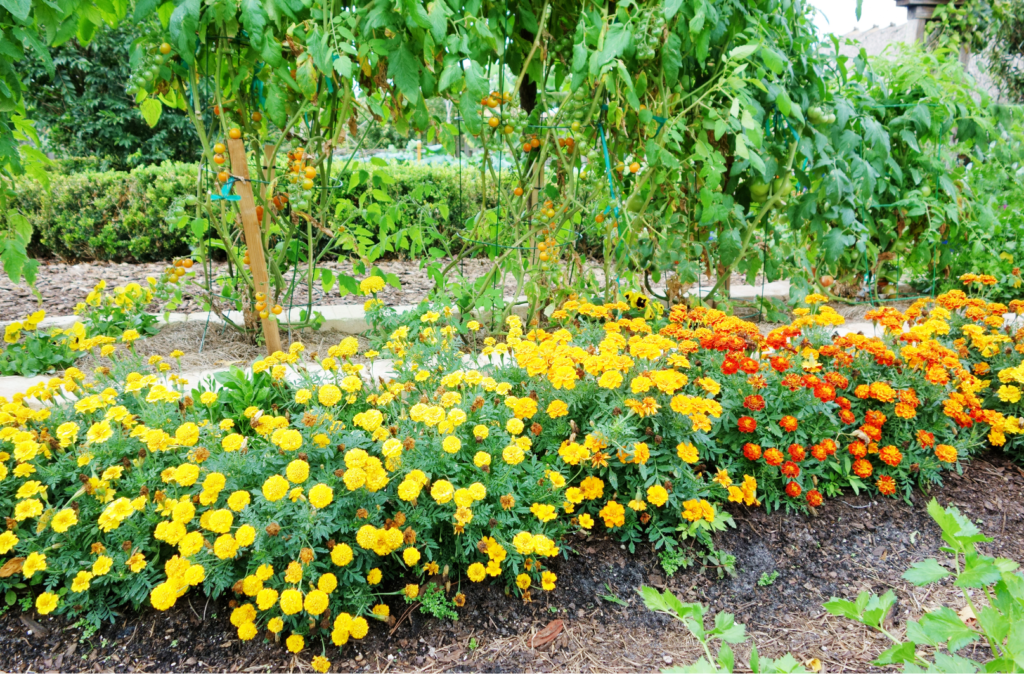How to understand companion planting

Companion planting is a gardening method where certain plants are grown together to benefit one, if not all of the plants involved. It has developed over centuries through observation and practiced combinations of plants by gardeners and farmers to see which ones thrive together and why, and is widely promoted today by organic gardening enthusiasts.
There are a lot of plants that work well together (nasturtiums, an edible flower, support pretty much everything!) and a few that really don’t. Fennel for instance, whilst being an excellent plant to attract beneficial predators and pollinators, releases chemical compounds into the ground that can inhibit nearby plant growth and is also a fierce competitor for resources. Potatoes are another vegetable that has a high demand for nutrients and can often out play its neighbours. Plants that are from the same family are sometimes best placed away from each other as they can attract the same pests and diseases.
The Benefits

Provides ecological pest control. Certain plants can repel harmful insects, some are used as ‘trap crops’ attracting the pests first, and some attract beneficial predators such as ladybirds and lacewing (also increasing pollination) and reducing the need for chemical pesticides. (See our guide on gardening ecologically for more info)

Improves growth. Some plants can enhance each other’s growth through nutrient sharing or by providing shade, support, or wind protection. Tomatoes for example, work well with carrots for this reason, and they also help to loosen the soil making it easier for the carrots to grow their roots.

Supports soil health. Companion plants can improve soil structure and fertility either while they are still growing or as they decompose helping improve nutrient absorption like legumes that release nitrogen into the soil, benefiting neighbouring plants.

Encourages biodiversity. Companion planting increases plant diversity that boosts the overall health of ecosystems, promotes resilience against pests and diseases as well as increases nutritional benefits. The different characteristics of each plant all have a unique role to play.

Flavour enhancement. Certain plant pairings can improve the taste of fruits and vegetables when planted together. Garlic and beetroot enhance each other’s flavours, borage sweetens strawberries and dill helps sweetcorn. Chamomile with onion can help with its growth and flavour, as will basil grown with tomatoes.
A well known example of companion planting is the traditional ‘Three Sisters’ planting method, as practiced by Indigenous peoples of America. It involves cultivating sweetcorn, beans, and squash together in a single patch. The sweetcorn acts as a natural trellis for the beans, while the beans ‘fix’ nitrogen from the air, making it more accessible to the sweetcorn and squash. The sweetcorn provides shade to the squash, protecting it from excessive heat and the rapidly growing squash helps keep the soil cool and suppresses weed growth.
